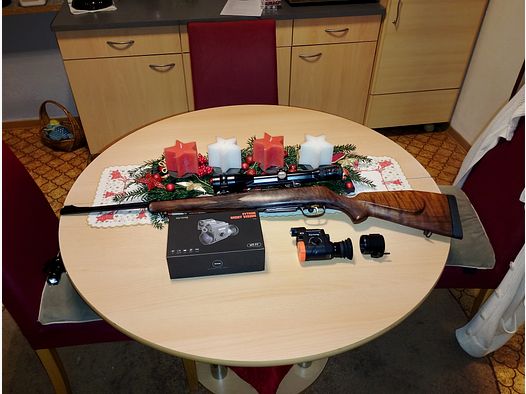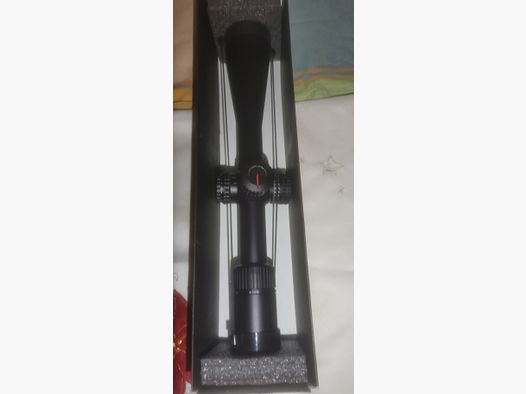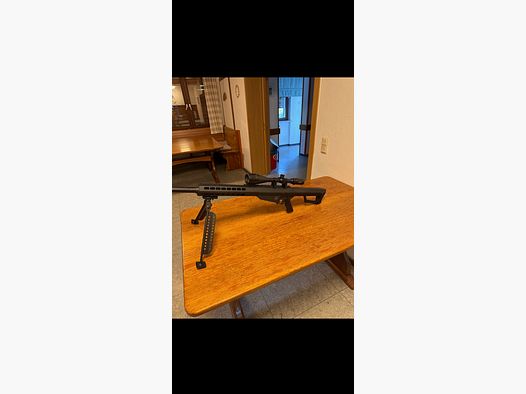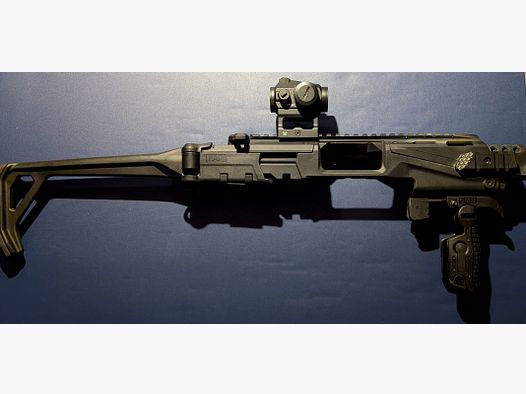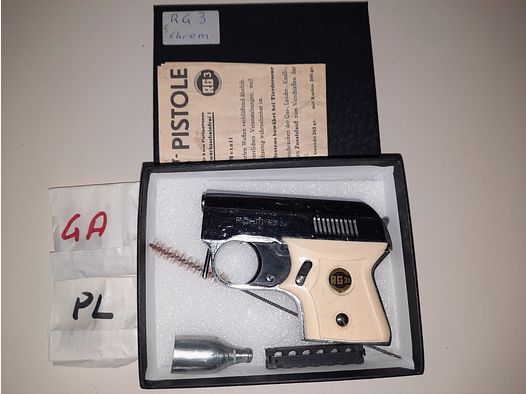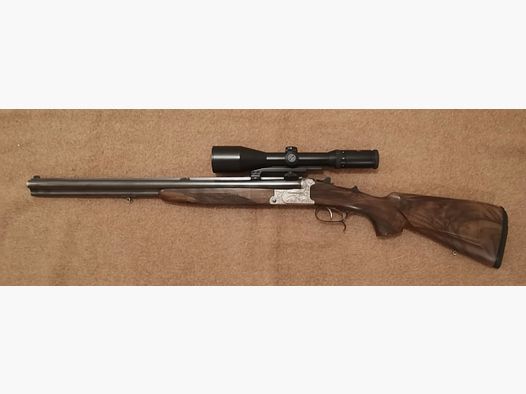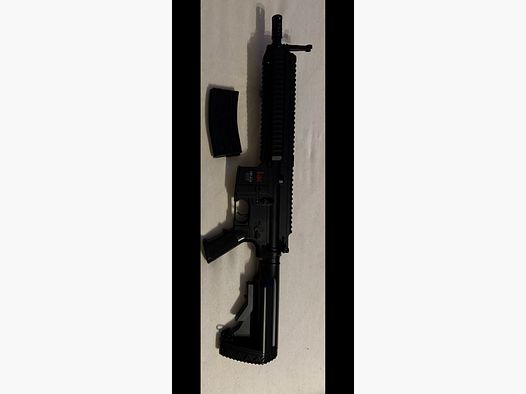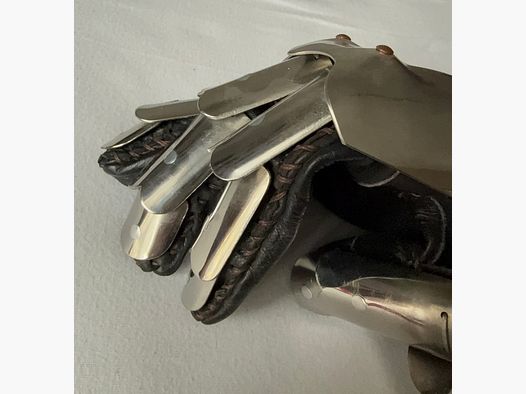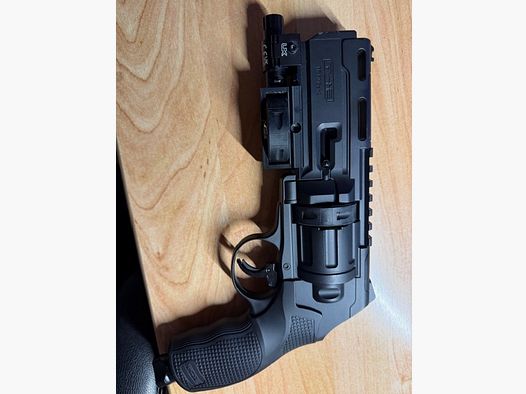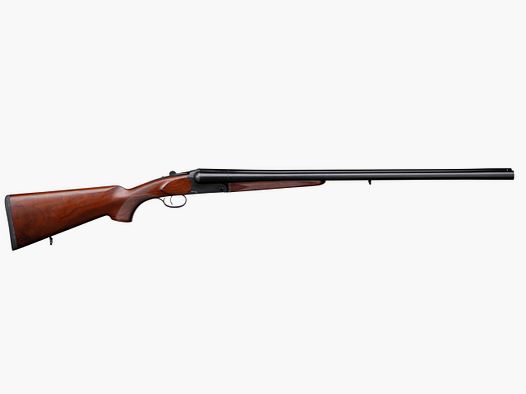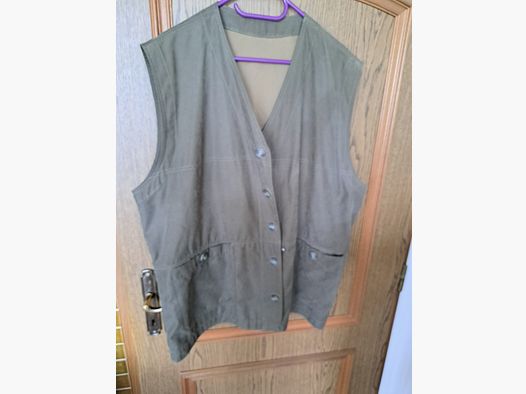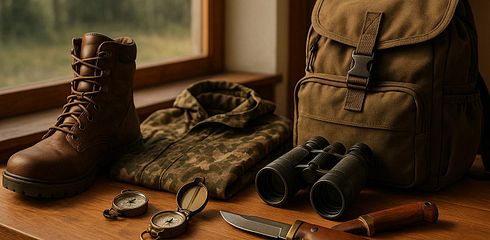Quick Overview: Certifications for Clear Vision and Safety
Anti-fog coatings prevent lenses from fogging up and ensure clear vision – crucial for hunting and shooting equipment. Certifications guarantee quality, safety, and durability. Here are the key points:
-
Important Standards:
- DIN EN 168: Tests anti-fog properties under laboratory conditions.
- ISO 12312-1: Applies to sunglasses but also tests anti-fog functions and UV protection.
- DIN 8310: Assesses water and moisture resistance of technical devices.
-
Testing Procedures:
- Temperature change, humidity, and abrasion tests.
- Optical tests according to ASTM D 1003 to ensure clarity.
-
Certification Processes:
- CE marking and EN certificates (e.g., EN 166/168) are mandatory in the EU.
- Quality seals like DINplus or GS provide additional assurance.
-
Practical Tips:
- Look for CE markings and declarations of conformity.
- Check certificates online or via QR codes.
Comparison of Standards:
| Standard | Focus | Scope | Special Feature |
|---|---|---|---|
| DIN EN 168 | Anti-fog testing | Europe | Tests the effectiveness of the coating |
| ISO 12312-1 | UV protection + anti-fog | International | Also includes optical properties |
| DIN 8310 | Water and moisture resistance | Europe | Originally for technical devices |
With certified equipment like that from Gunfinder, you are well-equipped – for clear vision and maximum safety.
Safeline Half Mask INTEGRA P3 with Glasses
Most Important Certification Standards for Anti-Fog Coatings
Here are the central standards that ensure anti-fog coatings excel in both quality and performance.
DIN EN 168: Requirements for Anti-Fog Properties for Optical Surfaces
Certification standards play a crucial role in the safety and clear vision of optical devices.
The European standard DIN EN 168 focuses on testing procedures for eye and face protection. It precisely defines methods to test the effectiveness of anti-fog coatings under laboratory conditions. It examines how effectively the coating prevents fogging, especially during sudden temperature and humidity changes – such as those that occur when transitioning between warm indoor environments and cold outdoor air or during physical activity.
This standard is an important part of European safety regulations and ensures that anti-fog properties are reliably tested.
ISO 12312-1: Standard for Lenses with Anti-Fog Coatings
The international standard ISO 12312-1 sets requirements for sunglasses and similar eye protection products used in everyday life – particularly for protection against solar radiation. Although the focus is on sunglasses, the standard also includes requirements for anti-fog coatings.
For hunting optics, this standard is particularly relevant as it considers both the anti-fog function and UV protection. The standard describes testing procedures that ensure the coatings remain effective under changing environmental conditions, such as intense sunlight or sudden weather changes. Products at Gunfinder that carry this certification thus guarantee reliable performance under demanding conditions.
DIN 8310: Water and Fog Resistance for Technical Devices
The standard DIN 8310 originally pertains to the water resistance of technical devices such as watches but is also used to assess the fog resistance of optical equipment. It tests how well coatings and seals prevent moisture ingress.
Although this standard was not specifically developed for anti-fog coatings, it provides valuable criteria for evaluating durability under humid conditions. For hunting equipment that must withstand extreme weather conditions, this standard is particularly helpful. It ensures that your equipment functions reliably even in heavy rain and high humidity, maintaining its performance.
Testing Procedures and Certification Processes
Once the standards are established, the question arises as to how these are implemented in laboratory and certification processes. Precise tests and standardized processes ensure that your hunting optics function reliably even under extreme conditions.
Important Laboratory Tests for Fog Resistance
To assess the quality of coatings, various tests are employed that simulate real-world conditions. These include:
- Temperature change tests: Coated surfaces are subjected to extreme temperature fluctuations to check their resilience.
- Humidity tests: In test chambers, a humidity level of 95% ± 5% is created to evaluate the anti-fog effect.
- Salt spray tests: These tests, lasting 24 to 72 hours, simulate saline environments such as coastal regions.
- Abrasion tests: Procedures like Tabor abrasion tests and peel tests assess the mechanical resilience of the coatings against wear.
- Optical tests: Here, haze and light transmittance are measured according to ASTM D 1003 to ensure that anti-fog coatings do not impair optical clarity.
These tests form the basis for the subsequent certification processes.
Certification Processes and Requirements
Products in the category II PPE (Personal Protective Equipment), such as most eye protection, must be tested and certified before they can be marketed.
The conformity assessment is carried out according to the PPE directive and includes tests on optical properties, transmission, mechanical requirements, and coating tests according to the standards EN166, EN167, and EN168. DIN CERTCO, an organization designated by the EU Commission, conducts these tests and issues EC type examination certificates for CE marking.
In addition to CE marking, quality seals like DIN-tested, DINplus, and GS provide further confirmation of independent testing. At Gunfinder, products undergo these rigorous tests, ensuring that they meet the highest safety requirements. Safety glasses with an "X" marking also meet the comprehensive testing requirements of the ANSI/ISEA Z87.1-2020 anti-fog standards.
UL Solutions offers a special certification program that evaluates coatings based on organic and metallic bases. Certified coatings are listed in the UL Product iQ database, underscoring their quality and practicality.
With the introduction of the new PPE regulation 2016/425 on April 20, 2016, which replaced the PPE directive 89/686/EEC on April 21, 2018, safety standards for anti-fog coatings have been further elevated.
Recognized Certifications and Quality Seals
Important Certifications and Their Significance
The CE marking confirms that a product meets European safety standards. Particularly noteworthy is the EN 166/168 certification – the only anti-fog standard for safety glasses worldwide. It requires a minimum effectiveness of 8 seconds against fogging. High-quality coatings, such as BK-Anti-FOG, significantly exceed this requirement, remaining effective for over 6 minutes – a 45-fold improvement.
UL Solutions certifies protective coatings as UL Recognized Components. These certifications are published in the UL Product iQ database, providing manufacturers with a clear market advantage.
Environmental certifications also play a central role. The Green Seal GS-11 ensures that paints, coatings, and sealants meet strict requirements for environmental friendliness, health, and performance. An important new requirement: From March 2025, certified products must not contain PFAS. Manufacturers must implement the new criteria by March 11, 2027, at the latest.
How to Verify Certifications
Certifications can be easily verified. The following options are available:
- Product packaging: Certification markings with test numbers and validity dates directly on the packaging.
- Online databases: Many organizations offer certificate finders to check validity online.
- QR codes: For certificates issued after January 1, 2024, QR code scanner apps facilitate quick verification on-site.
At Gunfinder, you can be sure that all offered hunting optics have undergone strict quality checks and meet the highest standards.
Significance for Hunting and Shooting Equipment
Certifications are crucial to ensure optimal protection under demanding conditions. The ANSI Z87.1 certification is considered the benchmark for shooting glasses. It guarantees impact resistance and optical precision. OSHA requires that eye protection meets at least the ANSI Z87.1-2010 standards.
Shooting glasses are specifically tailored to the needs of shooters. They enhance visual acuity and precision – indispensable for field use. Anti-fog coatings also ensure clear vision, even under changing conditions.
Practical Checklist for Buyers
Steps to Verify Certifications
If you want to ensure that your investment is well-placed, you should check a few important points. Examine the product packaging closely: Is there a CE marking? Are standards like DIN EN 168 or ISO 12312-1 mentioned? Also, request a declaration of conformity confirming that all relevant EU regulations are met. Another important step is to request a test report from an accredited laboratory that verifies the quality of the anti-fog coating.
Be particularly attentive when it comes to validation by laboratories. Not all testing information is equally valid. For safety glasses, ensure that they comply with EN standards, such as EN 166 for general specifications, EN 167 for optical testing methods, and EN 168 for non-optical testing methods.
In addition to checking the certificates, you should also consider the materials used and their properties.
Properties to Look For
Hydrophilic coatings are a significant advantage: They distribute water evenly, preventing droplet formation and thus fogging. Scratch-resistant coatings also contribute to a longer lifespan. For sunglasses, it is essential that they comply with the EN ISO 12312-1 standards – these are mandatory in the EU.
For optimal wearing comfort and good ventilation, adjustable nose pads and temples are helpful. These small details can also reduce fogging. Be sure to follow the manufacturer's care instructions to maximize the lifespan of the coatings.
"Coating life is essentially the life of the scope. Not worth the risk to use a product on the lens/coatings that may shorten the coating life in any manner." - Pro2A, Well-Known Member, LongRangeHunting.com
These properties are not only important for use but can also be of great advantage in warranty or resale matters.
Certification Proof for Resale or Warranty
Be sure to keep all original documents. This includes the CE marking, EC type examination certificates, and additional quality seals like the "DIN-tested" from DIN CERTCO. These documents are essential for making warranty claims or reselling the product later.
At Gunfinder, you will always receive complete and verified certificates. Here you will find only hunting optics that meet the highest quality standards. A voluntary quality seal from recognized organizations also indicates that the product has been independently tested.
sbb-itb-1cfd233
Comparison Table: Certification Standards and Their Requirements
Here you will find a compact overview of the most important standards for anti-fog coatings and their respective requirements. This table helps you quickly identify which standard is relevant to your needs. The focuses and geographical scopes of the individual standards are also listed.
| Standard | Application Area | Main Focus | Geographical Scope | Specific Requirements |
|---|---|---|---|---|
| DIN EN 168 | Eye protection equipment | Testing procedures for anti-fog properties | Europe | Proof of anti-fog effectiveness through standardized testing methods |
| ISO 12312-1 | Sunglasses and related eye protection products | Protection against solar radiation, UV filtering, and glare protection | International | UV protection, light transmittance, optical quality, as well as physical and mechanical properties |
DIN EN 168 works closely with the standards EN 166 and EN 167, focusing on non-optical tests. This standard is particularly suitable for testing the anti-fog properties of eye protection equipment.
ISO 12312-1 specifically targets products that protect against natural sunlight and does not cover artificial light sources. This standard tests a broader spectrum, including UV protection and mechanical properties, making it more versatile.
For hunting optics, primarily European standards are applied, guaranteeing the highest safety requirements. While DIN EN 168 specifically tests anti-fog properties, ISO 12312-1 also includes optical and mechanical features.
At Gunfinder, you will find only hunting optics that meet the strictest German and European standards. Each product comes with complete certification documentation, so you don't have to worry about quality or conformity. This overview makes it easier for you to select the appropriate certified devices – for maximum safety and reliability.
Conclusion
Strict certifications are a reliable indicator of the quality and safety of your hunting equipment. They ensure that you have clear vision even under challenging conditions and are protected from injuries caused by branches, bullet fragments, or other hazards in the field. Standards like DIN EN 168 and ISO 12312-1 play a crucial role, as they guarantee both clear vision and robust protection – each with a different focus.
To ensure that your equipment is certified, you can use online databases like TÜV SÜD or SGS. Regular factory inspections and quality checks by the manufacturer are also an important factor you can trust.
When it comes to maximum safety, products that meet strict ballistic standards are indispensable. Especially in hunting, maximum safety is crucial, and these tests show why high-quality equipment is a must.
At Gunfinder, you will find only hunting optics that can provide all necessary certificates and documentation. Each product is thoroughly tested and meets German and European standards – so you can rely on your equipment in every hunting situation.
FAQs
What certifications must anti-fog coatings meet in the EU?
In the EU, two certifications play a central role when it comes to anti-fog coatings: EN 166:2001 and the CE marking.
The EN 166:2001 sets standards for eye protection, including requirements for anti-fog and scratch resistance. The CE marking indicates that the product meets all relevant European safety regulations.
These certificates ensure that the products can be safely and reliably used in various applications. When purchasing, be sure to check that these standards are met – this guarantees protection and quality.
How do I check if my hunting equipment has the required certifications?
Certifications for Hunting Equipment in Germany
If you want to ensure that your hunting equipment meets the requirements in Germany, you should pay attention to recognized standards and official testing marks. These are set by hunting and safety authorities and are crucial for complying with legal requirements.
A good first step is to inform yourself about the current legal requirements. Check whether your equipment complies with the applicable regulations. Especially for firearms and ammunition, there are often specific regulations that can vary by federal state.
To be on the safe side, it is advisable to ask trusted retailers or directly the manufacturer whether the products are certified. Ensure that all certificates are up to date and comply with German guidelines. This way, you can ensure that your equipment can be used safely and in compliance with regulations.
How is the effectiveness of anti-fog coatings tested?
Tests to Verify the Effectiveness of Anti-Fog Coatings
Anti-fog coatings are carefully tested to ensure they withstand the challenges of everyday use. Various procedures are employed:
- Practical tests: Here, the fog-free effect of the coating is tested under realistic everyday conditions. The goal is to evaluate its function in daily use.
- Long-term tests: These tests examine how long the coating retains its anti-fog properties and whether it continues to function reliably after prolonged use.
- Comparative tests: The coating is compared with other products to assess its efficiency and quality in the market context.
In these tests, different scenarios are simulated, including fluctuations in temperature and humidity. This ensures that the coating works reliably even under changing conditions.



